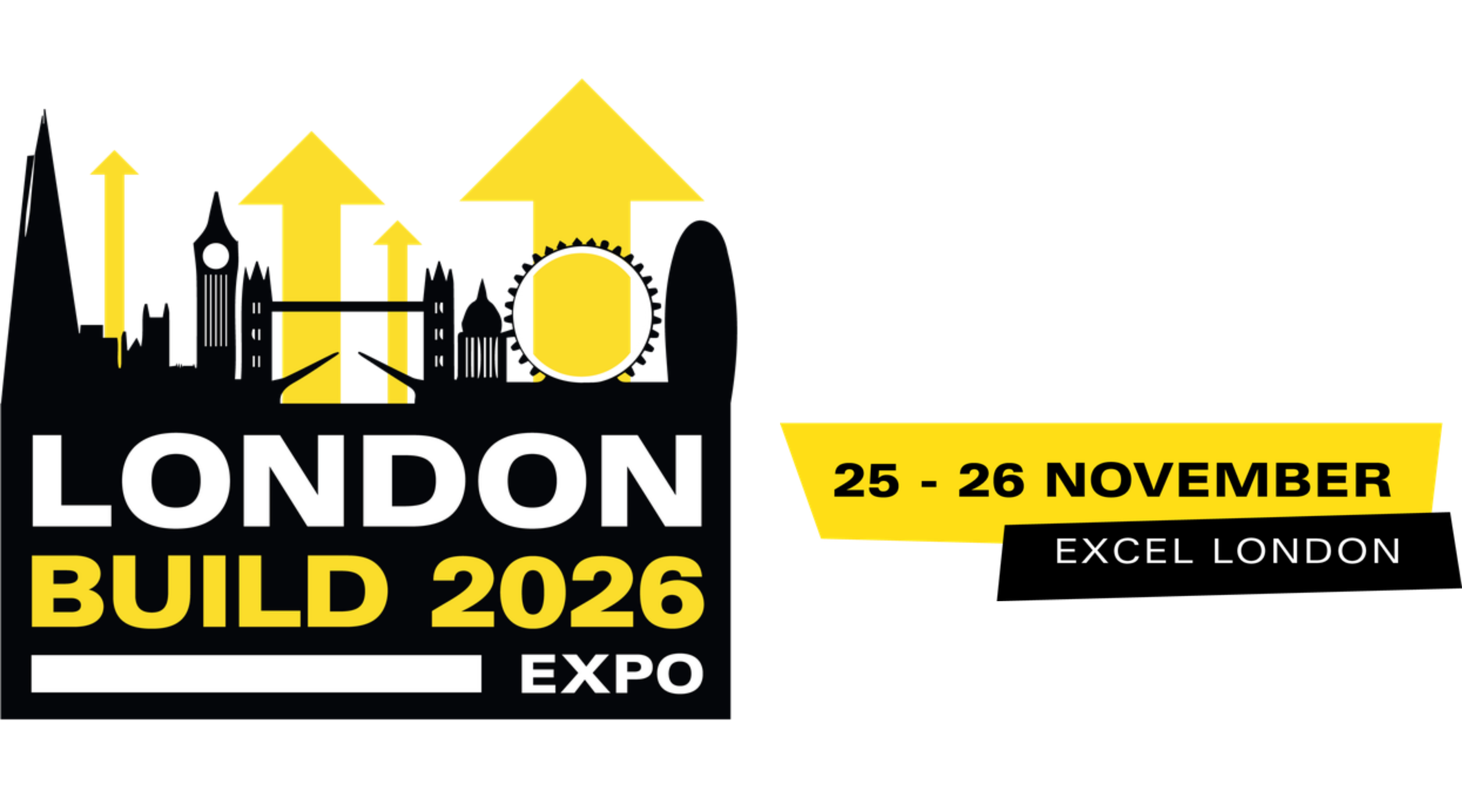Make Safety Seen: Why Health and Safety Isn’t One-Size-Fits-All

For International Women in Engineering Day, Irene Mary Jomy highlights the challenges women face when it comes to construction safety.
In most places, job-related accidents and injuries are pain in the neck.
On construction sites, however, they are potentially fatal.
As growing numbers of women enter construction jobs, concerns about their health and safety are rising.
As well as the primary health and safety hazards faced by all construction workers, there are dangers that are specific to women in construction.
This year’s theme for International Women in Engineering Day (INWED) is #MakeSafetySeen.
Men and women are different and so are the risks they face.
Therefore, we need diverse perspectives for diverse problems.
Lack of female representation leads to blind spotsToday, women across the world are more educated than ever and make up a greater percent of the total workforce.
However, they remain underrepresented in leadership roles, and they typically make less money than their male colleagues.
The safety industry is no exception to this trend.
In fact, women make up far less than half of the safety profession, and they perhaps struggle even more than women in other industries to attain leadership roles.
Such gaps aren’t only challenging for women safety professionals wanting to advance their careers, but they also can make organisations and their workforces less safe.
When women aren’t properly embedded in every level of an organisation, blind spots ensue and risks affecting a large portion of the working population are often unnoticed.
Inadequate physical protection, a possibly hostile work environment, and their status as a small fraction of the construction workforce are just a few of the factors that women may face.
Health and safety issues that women faceMany alarming and serious findings have been reported through studies conducted among tradeswomen on health and safety issues that affect them in construction.
Some of the common issues I’ve faced during my civil engineer phase are:
- ill-fitting personal protective clothing and equipment
- lack of access to sanitary facilities on a new construction site
- no availability of average women sized tools
- lack of dedicated parking facilities for pregnant women around a construction site
- no time and space available around the workplace for pumping breastmilk
Identifying and flagging these potential hazards to my employer helped me to overcome these obstacles before they could cause any harm.
It’s fortunate that my employers, like many, encourage employee participation in reporting hazards so they can take corrective and preventative actions quickly.
How can engineers ensure better health and safety?Engineers play a fundamental role in enhancing workplace safety. They can do this by:
- developing an inclusive safety plan
- conducting regular safety inspections
- providing adequate training
- maintaining equipment and machinery
- implementing hazard control measures
- encouraging employee participation
- staying current with regulations and standards
Encouraging employee participation also helps to build a culture of safety in the workplace, where employees feel that their opinions and feedback are valued.
We need more of this leadership that focuses attention on changing structures and practices that prevent women or any marginalised group from succeeding.
Thus, they need to highlight the importance of a safe work environment that works for all.
Source: Institution of Civil Engineers
London Build is the UK's leading construction & design show. Gain access to 500+ incredible speakers across 8 stages, 350+ exhibitors, Meet the Buyers, live product demos, networking parties, entertainment, live music, the UK’s biggest Festival of Construction and endless networking opportunities with leading architects, developers, housebuilders, contractors, government and more.

